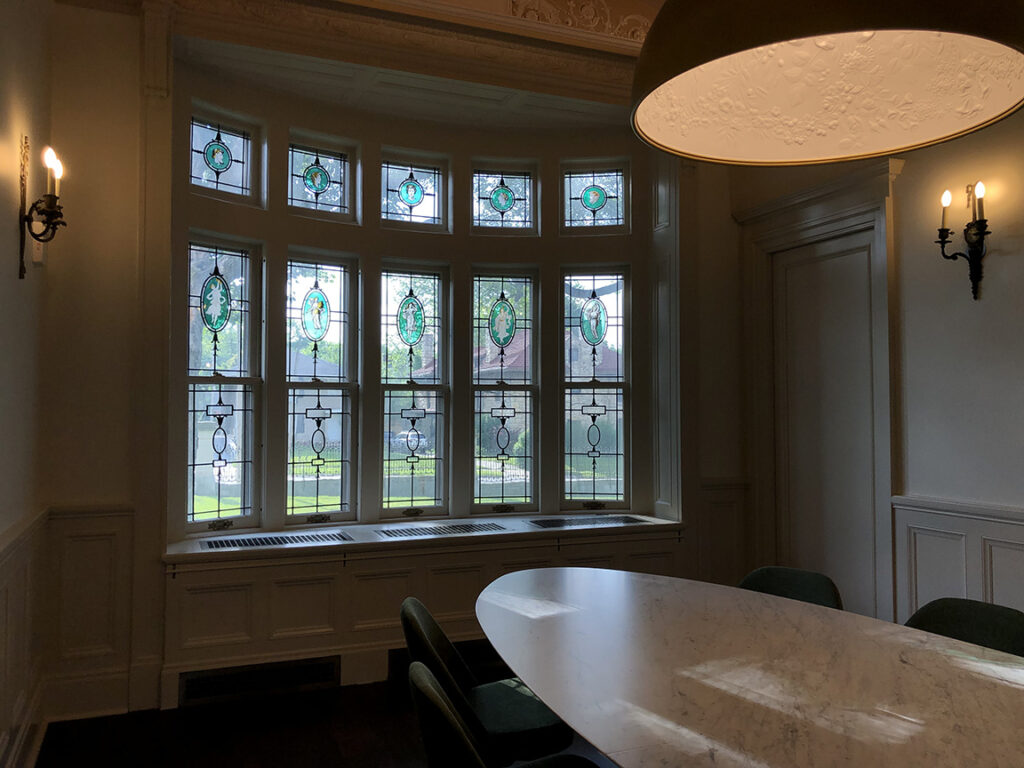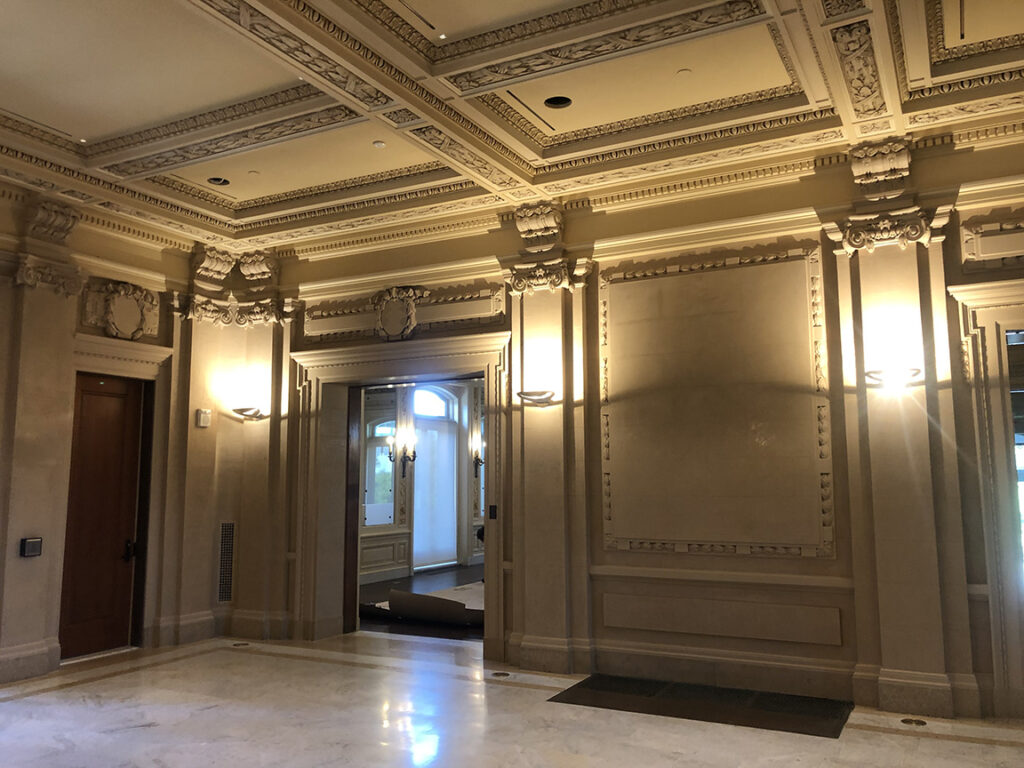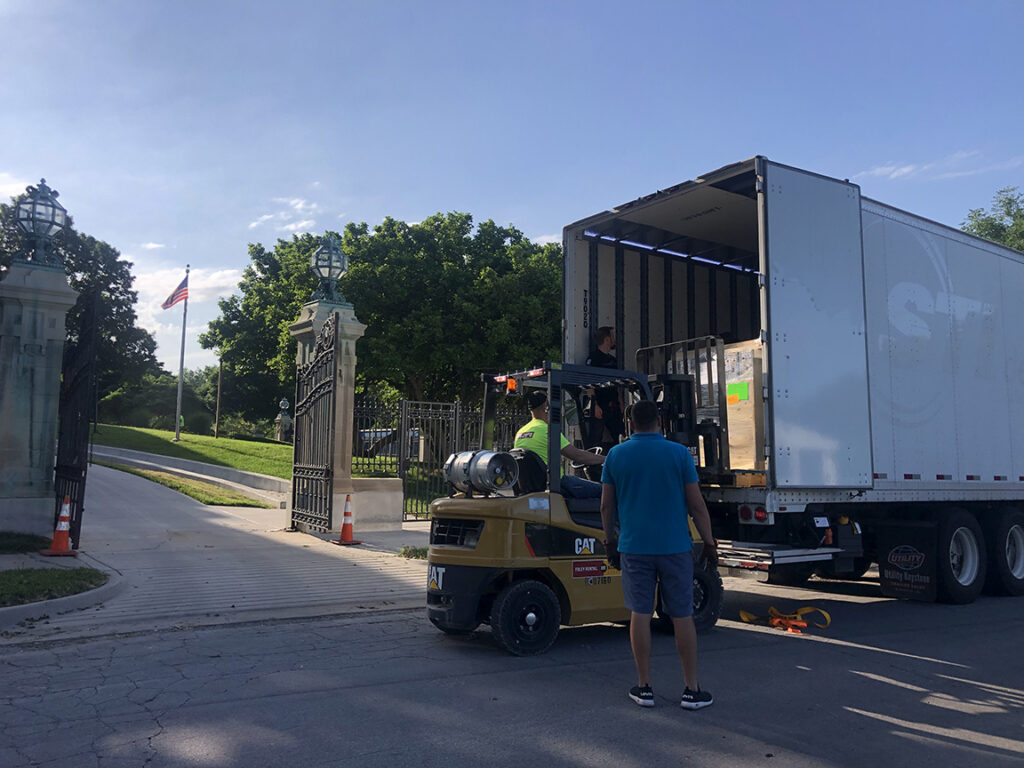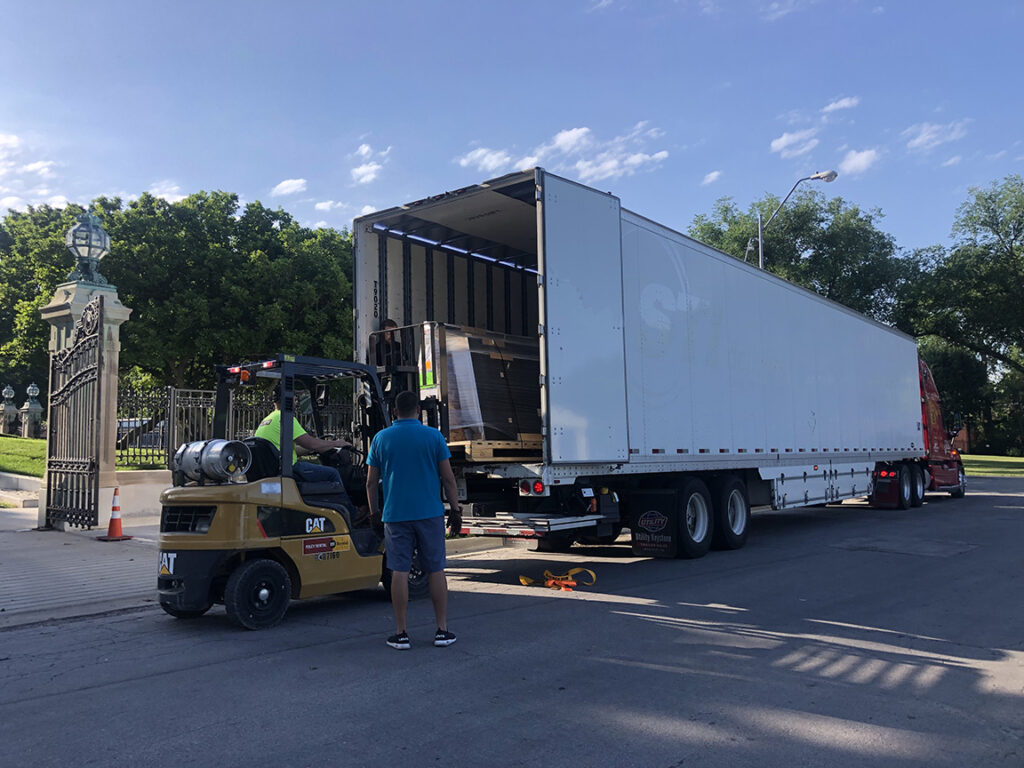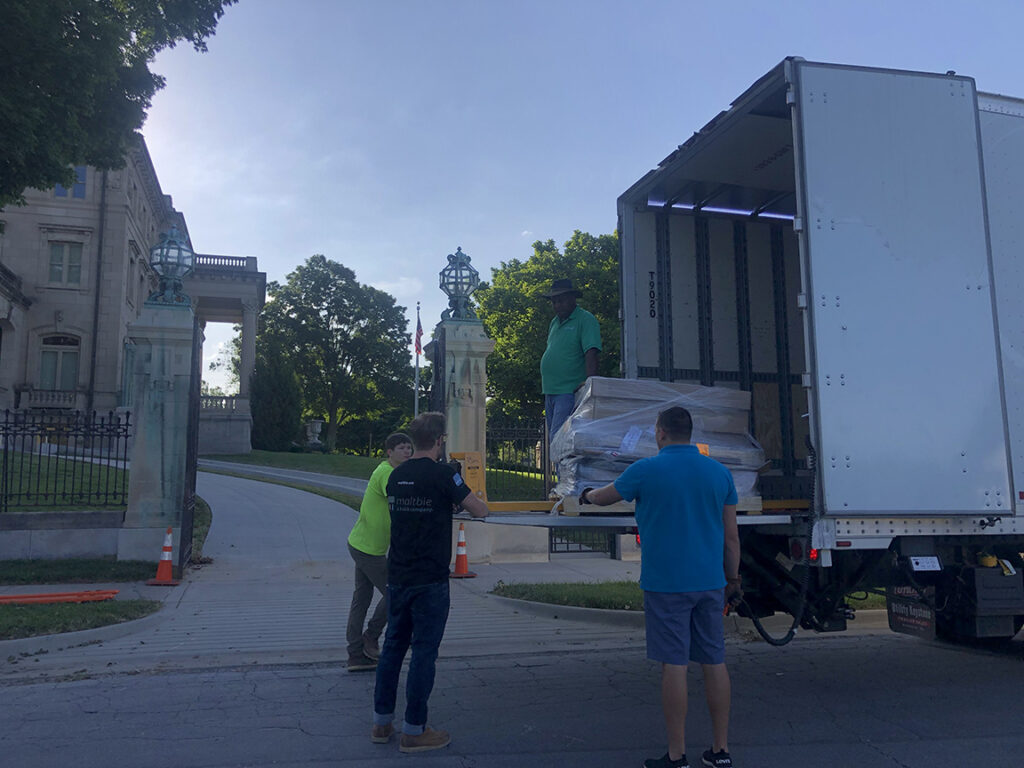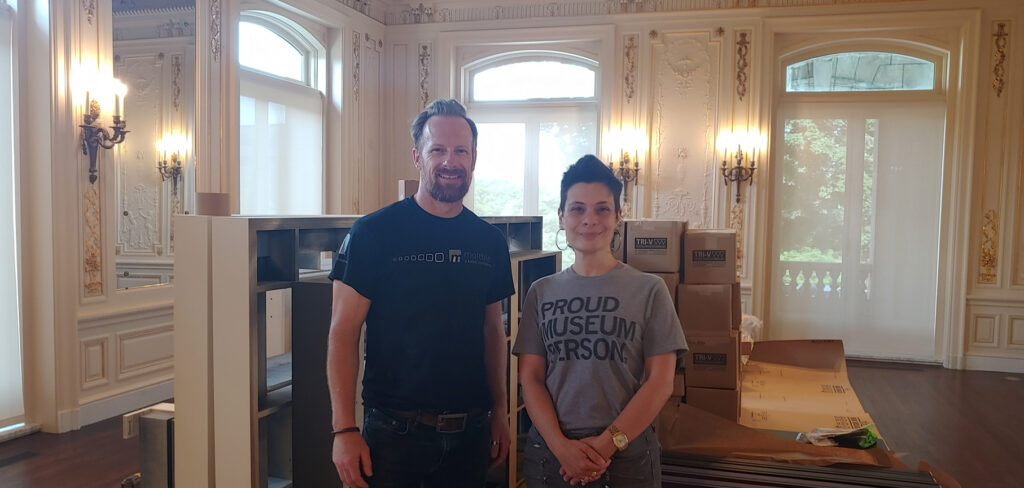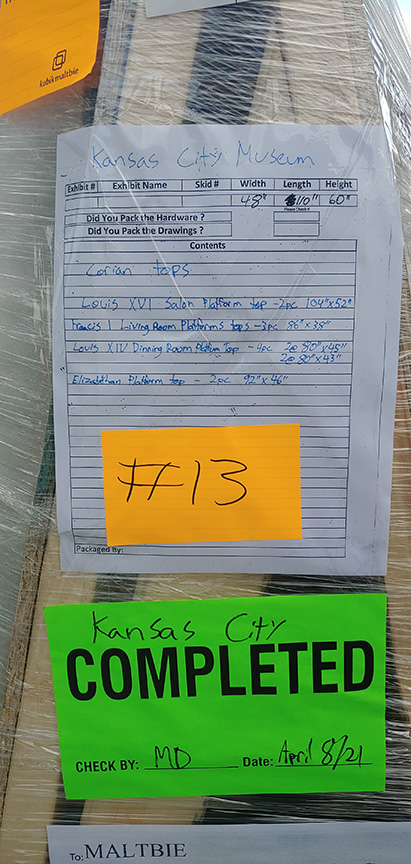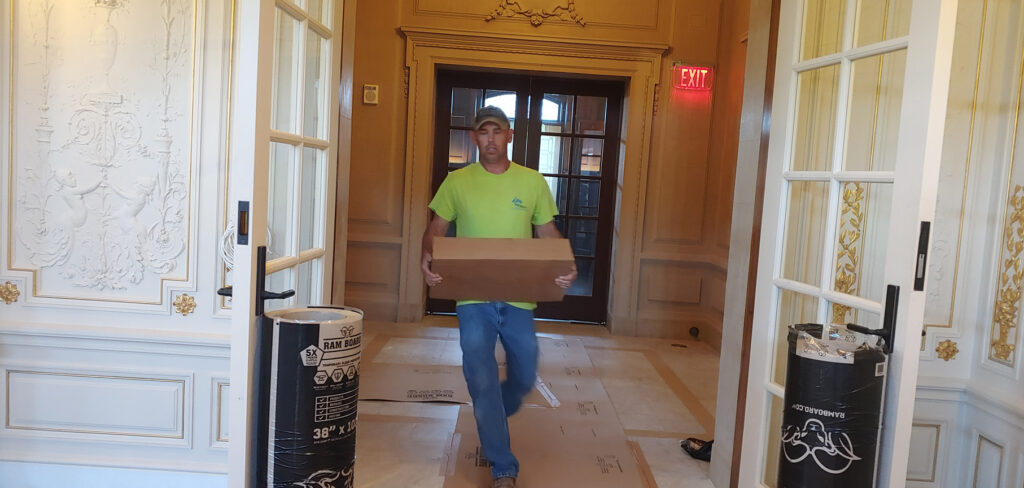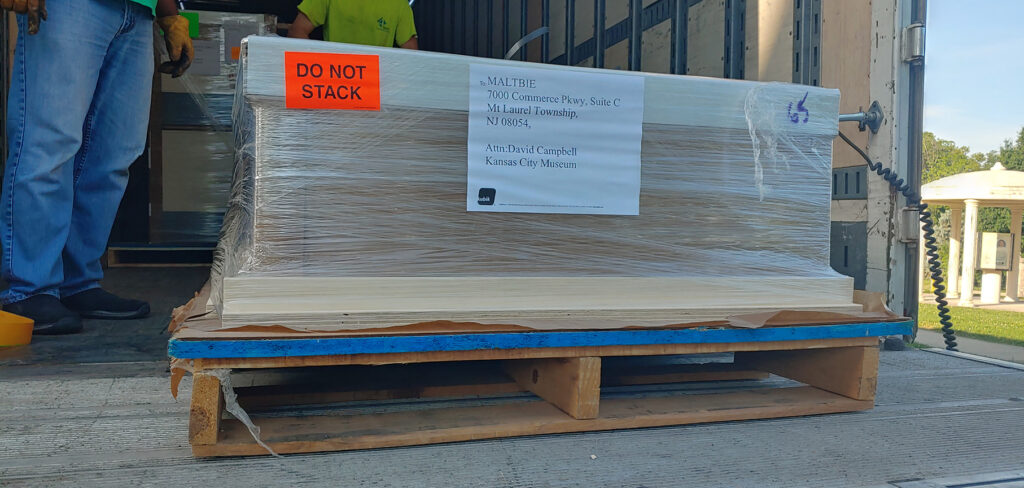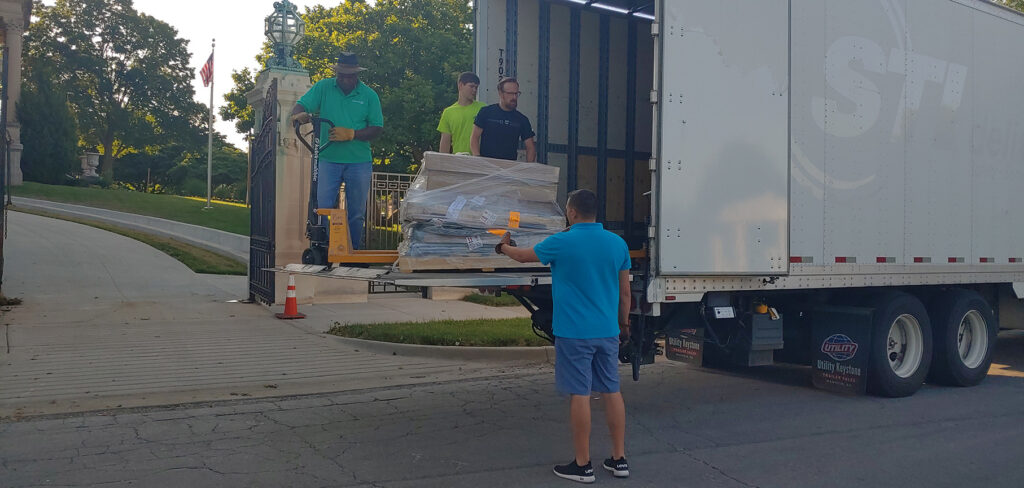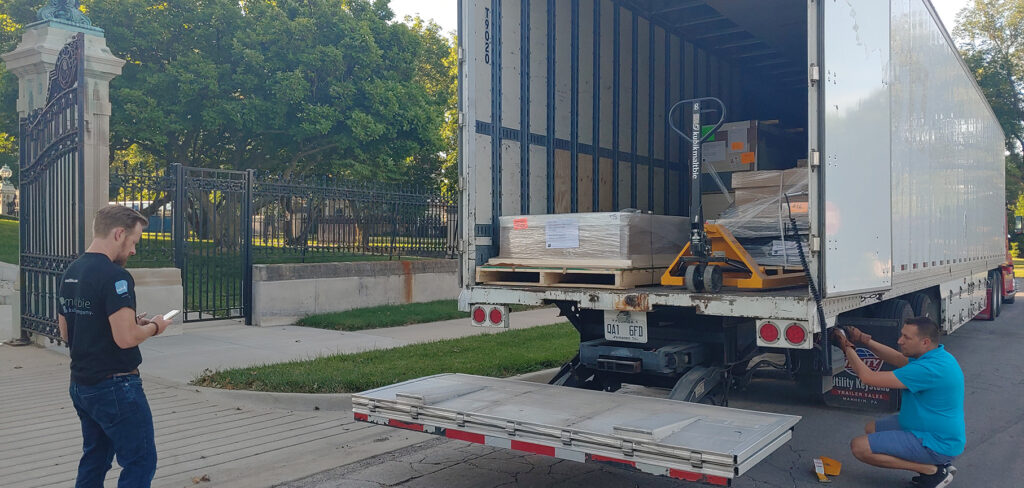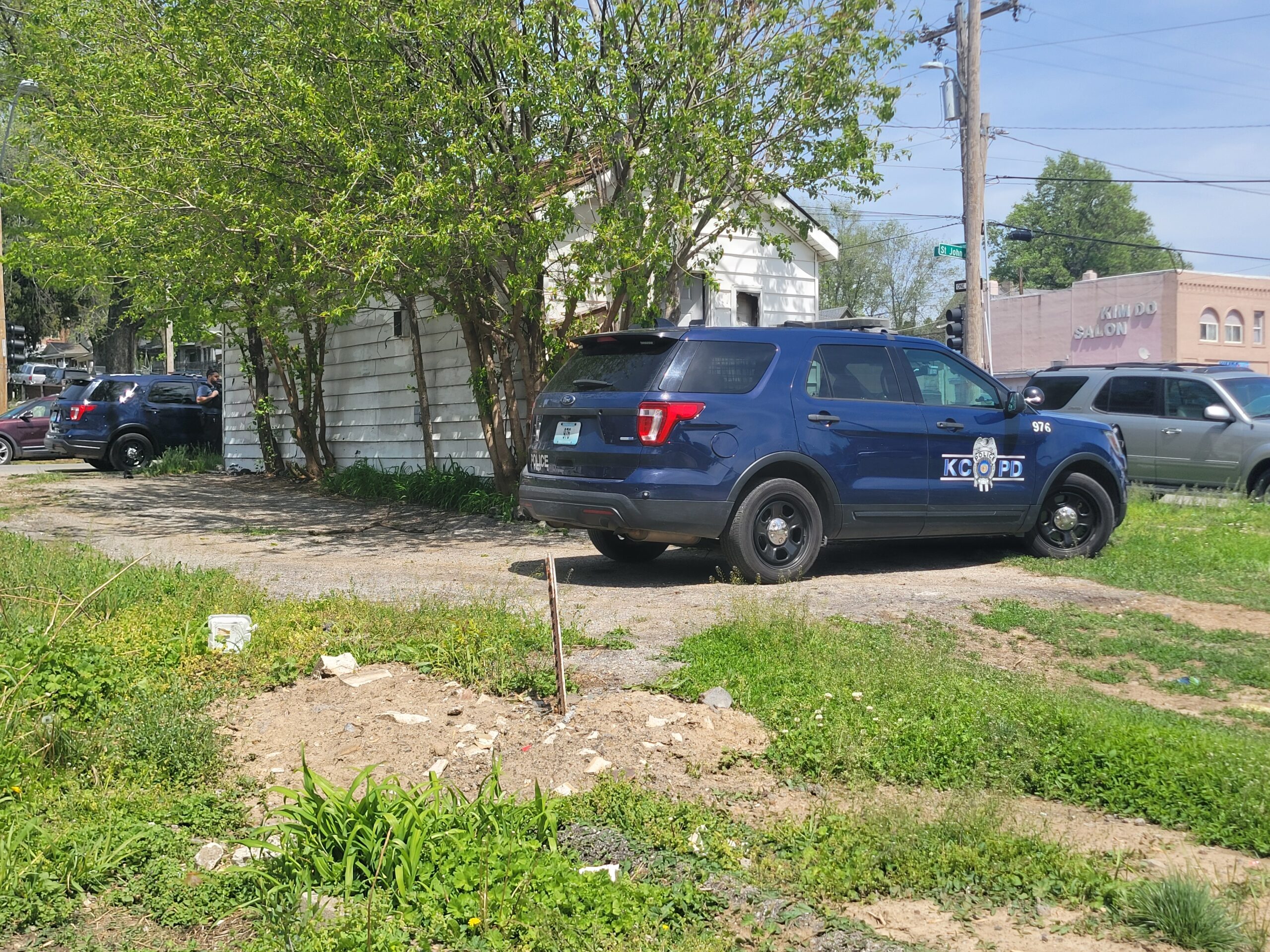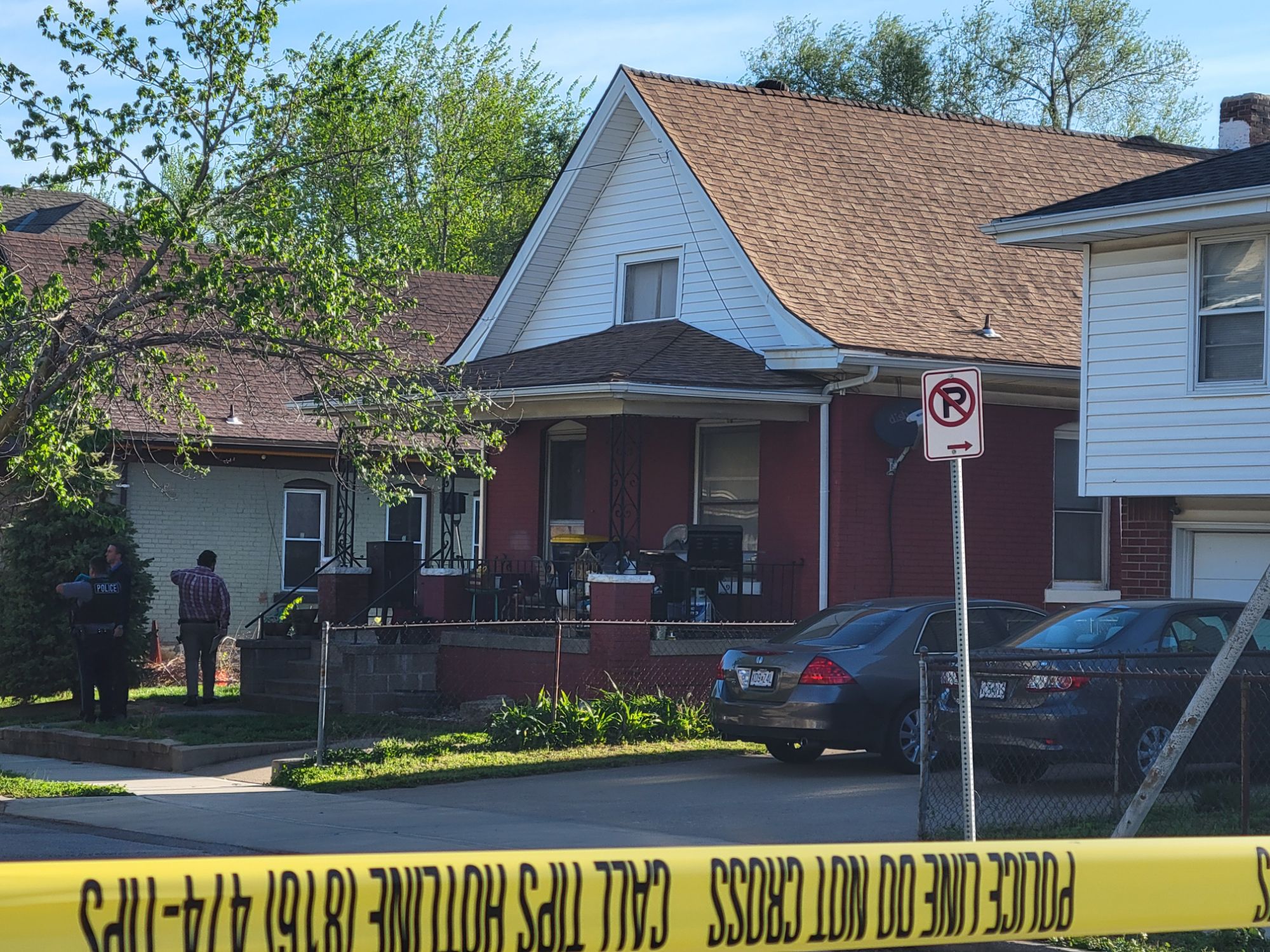
Tatum Goetting
Editorial Assistant
Since its opening in 1940, The Kansas City Museum has been a destination for class field trips and a place for tourists and Kansas Citians alike to learn more about the City. The museum offered glimpses to local history, like a 1910s-style soda fountain that served ice cream as well as old fashioned sodas phosphates.
Renovations of the museum started in 2005 and progressed slowly. Kansas City’s Parks and Recreation Department took over operations in 2014, and hired Anna Marie Tutera to be executive director. The museum closed to the public in 2017, and construction began, as well as new exhibit design.
On June 16, the Kansas City Museum received its first load of exhibits of the lower level and first floor with help from Kubik Maltbie, an exhibition fabrication and installation firm, and 4Gen Construction, who will be doing the installation of the exhibits.
“This is where it all comes together,” Kubik Matbie project manager David Campbell said. “Everything prior to this is based on shop drawings and things we built in the shop. Now we [are putting] exhibits in the building, so it’s a pretty big deal.”
Phil Schmidt, a Supervisor with 4Gen Construction said the museum will give more attention to the Northeast part of Kansas City and will open the door for residents to learn more about the city’s history.
“It’s truly been a journey; it’s been a really enjoyable, exciting and intense process,” Tutera said. “Before this team that started in 2015, there were many people working really hard to see the rebirth of this property. It’s because of their work and dedication that we could come in and move the project forward in a new way.”
Tutera said the new museum will work to tell the evolving stories of Kansas City and its people. In particular, the museum will prioritize stories that have been untold or unacknowledged in order for visitors to have a deeper understanding of the city’s history.
Corinthian Hall is the first part of the 111-year old museum complex to be completely redone and reopened.
“In Corinthian Hall, the first floor, in particular, had a good amount of original architectural background, but there were also many areas [that had] a lot of previous demolition,” Tutera said. “There were holes in the walls and water damage.”
Tutera said the renovation process has been a combination of preserving and restoring the architectural fabric of the building. In spaces where there was no original material, it was up to the staff to recreate rooms with a new interpretation.
Paul Gutierrez, the museum’s Director of Visitor Experience and Public Programming, said they held community input sessions throughout the entire city about what residents’ thoughts were on the museum. Gutierrez said these meetings gave people a deeper preview of what the exhibits would consist of.
“I hope the museum brings people together and that it starts a conversation,” Gutierrez said. “This should be the first stop people make to get a taste of Kansas City.”
Gutierrez emphasized the importance of not only telling community members’ stories but also telling the multiple perspectives of history.
“This is a cultural institution that can bring people together to learn about Kansas City’s history in a way that’s inclusive and explores multiple perspectives,” Tutera said. “I hope this museum creates an environment where people feel respected [telling] their stories.”
The Kansas City Museum’s Corinthian Hall building will have new exhibits on all four floors, as well as culinary programs done through its new commercial kitchen and a new retail store.
Although they are unsure of what their grand opening will look like with coronavirus restrictions and capacity limitations, the museum is set to reopen this fall. Gutierrez said they will mirror what other museums in the Kansas City metro will be doing around the time of reopening.
In the meantime, they will have summer concerts on the lawn and pop-up yoga. Tutera said they will continue to have events like their annual Derby Party and the Fairy Princess, and have done an exhibit that highlights Kansas City’s fashion history in the garment district.
“I want the museum to provide exposure to how amazing this city really is,” Tutera said. “I hope [the reopening] will allow people to fully experience this city, connect with one another, connect with themselves and explore their own creativity through their own experiences.”


